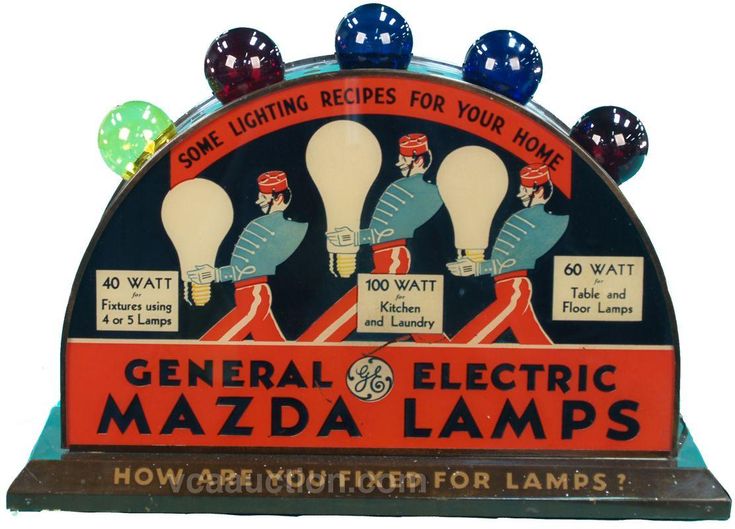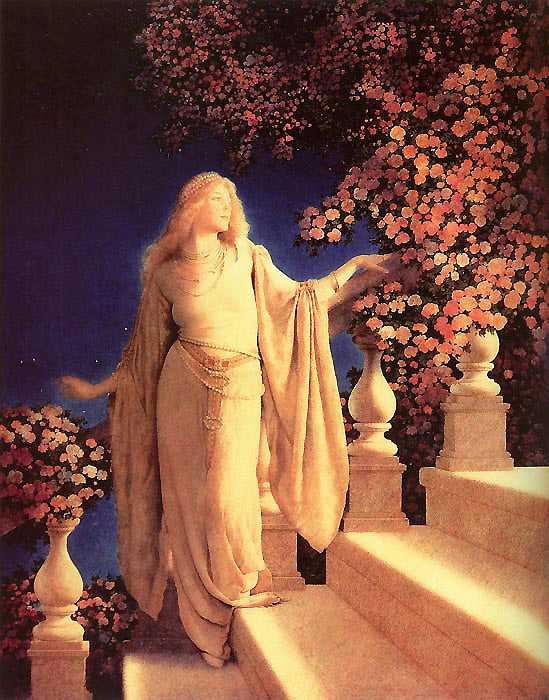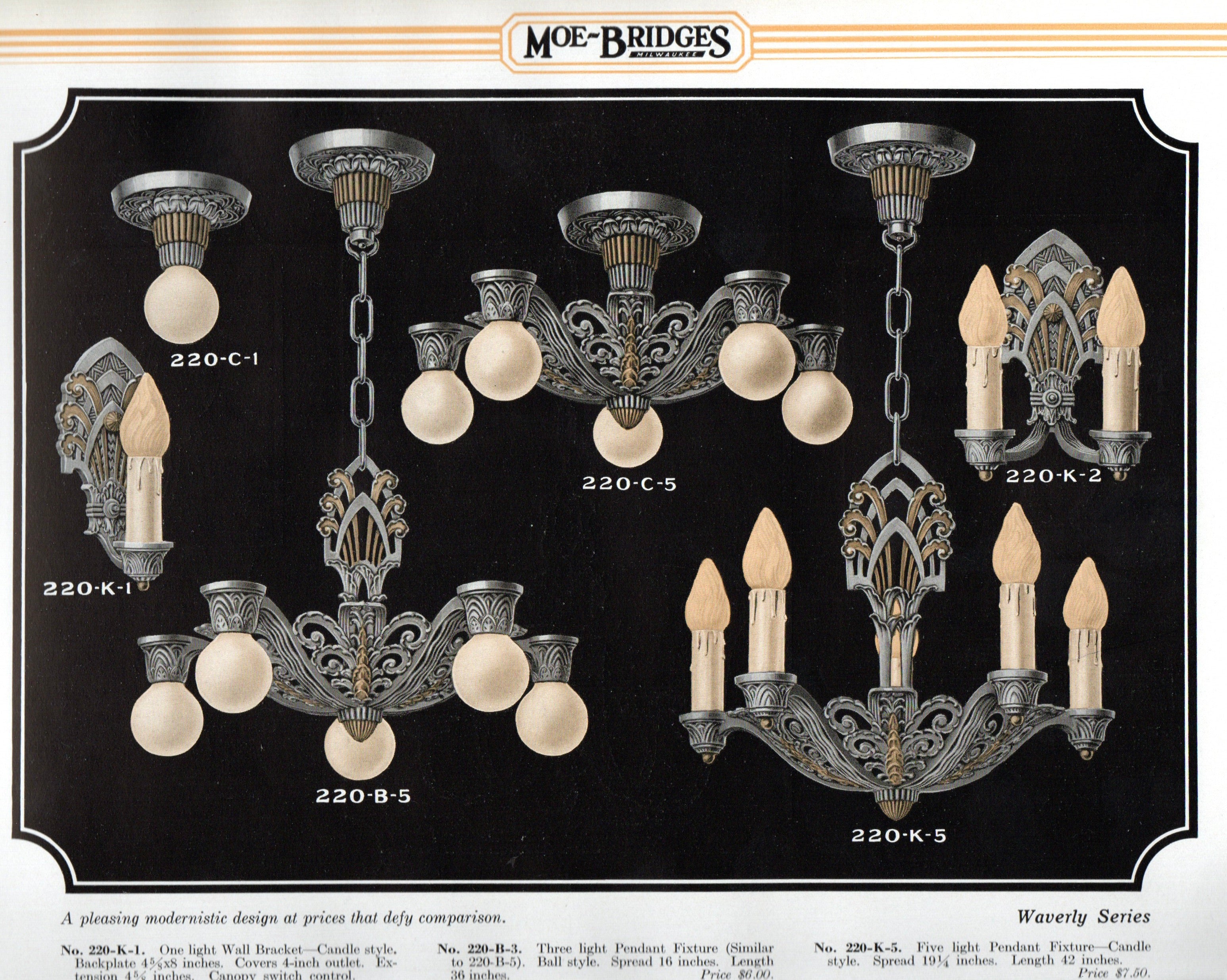





The Full Story: GE'S Painted “Mazda" Bulbs 1915-1945
In the early days of electric lighting, bulb filaments were fairly dim by today's standards, being made from carbon filaments inside clear glass. As bulbs got brighter with new filaments made from tungsten, unpleasant glare became a problem on fixtures that did not have expensive glass shades to soften the light. GE decided to market a solution and implemented standards for bulb production.
The chose the name "Mazda" after an ancient God of Light.
Celebrated Artist Maxfield Parrish
General Electric heavily advertised their MAZDA trademark in one of the most successful advertising campaigns in history. About 1920, the Edison Mazda division of General Electric commissioned world famous artist Maxfield Parrish to create a series of calendars and other advertising based loosely on major events in the history of lighting across the centuries. Parrish's beautiful and most effective works of art created for this advertising campaign are highly collectible and sought after today.
Bombarded with ads like these, the buying public gradually abandoned their old carbon filament lamps in favor of the new tungsten technology.













